Kalaripayattu. Underneath this tongue-twister exterior lies the very long and intricate story of the most ancient of all martial arts, where legendary tales of its extraordinary creation are woven into the fabric of human history. From mysterious origins predating the famous art of Kung Fu, to the battlegrounds of 12th century Kerala, and now the modern kalari studios where the tradition lives on, Kalaripayattu has weathered millennia and emerged as a practice that not only builds physical strength and stamina, but also promotes mental well-being and overall energy.
So where does Kalaripayattu come from, and how is it still relevant today?
To answer the first question, we spoke to Sankar Lal, an Indian-born, Poland-based Kalaripayattu master and Ayurvedic specialist who teaches the art from his Studio Kalari in Wrocław. And to get to the bottom of whether this ancient art has a place in the modern world, we touched base with the Teatro dei Venti theatre company in Modena, Italy, with whom Sankar has been working for several years, using Kalaripayattu to inform their on-stage body language and aesthetics of movement.
Let’s start at the beginning: What are the origins of Kalaripayattu?
Sankar Lal: Kalaripayattu originates in the southwest of India, in today’s state of Kerala and also partly Tamil Nadu. It is often believed to be the oldest martial art in the world, with deep roots in Indian mythology that look back on thousands of years of tradition.
There are 3 acknowledged styles of Kalaripayattu – Northern, Southern and Central – with the names referring to different parts of the Kerala region. The Northern and the Southern styles each have their own mythical gurus – Parashurama and Agastya Muni, respectively – and their own founding myths. For millennia these arts, their military techniques and associated rituals were shrouded in mystique, with only ancient Indian literature to go by. They started becoming less arcane around the 10th-12th century AD, when Keralite society became militarised due to fights between kingdoms and dynasties. Military academies, known as kalari, were created to instruct young people on how to use weapons and then join local troops. Kalaripayattu masters practiced not only the martial craft, but also medicine (kalari chikitsa) and herbalism, which they used to heal the wounds of soldiers who had been hurt in battle.
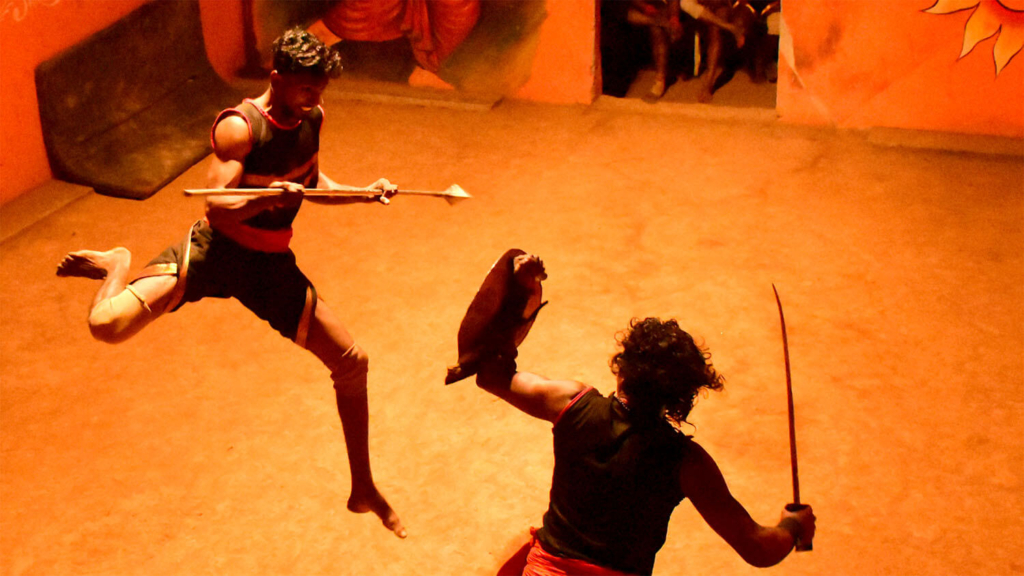
[Photo: Rajib.hyderabad via Wikimedia Commons]
After a heydey in the 16th and 17th centuries, the importance of Kalaripayattu and the warriors who practiced it gradually declined due to developments in societal structure and military technique. When the British colonised India in the mid-19th century, they considered the warriors a threat to British authority, and the practice of Kalaripayattu was banned on penalty of death or exile.
It wasn’t until the 1920s, when a wave of rediscovery of historic traditions swept over India, that we saw the rise of Kalaripayattu schools, as well as a revival of the spirit of the martial art itself. Kalaripayattu presentations became very popular, as people enthusiastically recalled the heroic past of their country. Nowadays, there are many kalaris in Kerala, with dozens of schools in every town, and quite a few in other parts of India, in big cities such as Mumbai, Delhi, Chennai or Bangalore. There are also teachers operating in countries all over the world.
Perhaps the moment of Kalaripayattu’s rediscovery is finally upon us.
What would you say is the ultimate goal of Kalaripayattu?
Sankar Lal: To recognise one’s own body and energy, and therefore understand oneself. As a result, this acknowledgment of personal qualities positively affects your attitude towards other people and the world around you, and strengthens your character and mindset. It enhances your self-confidence and helps you handle difficulties and tensions, as well as achieve an oasis of peace of mind.
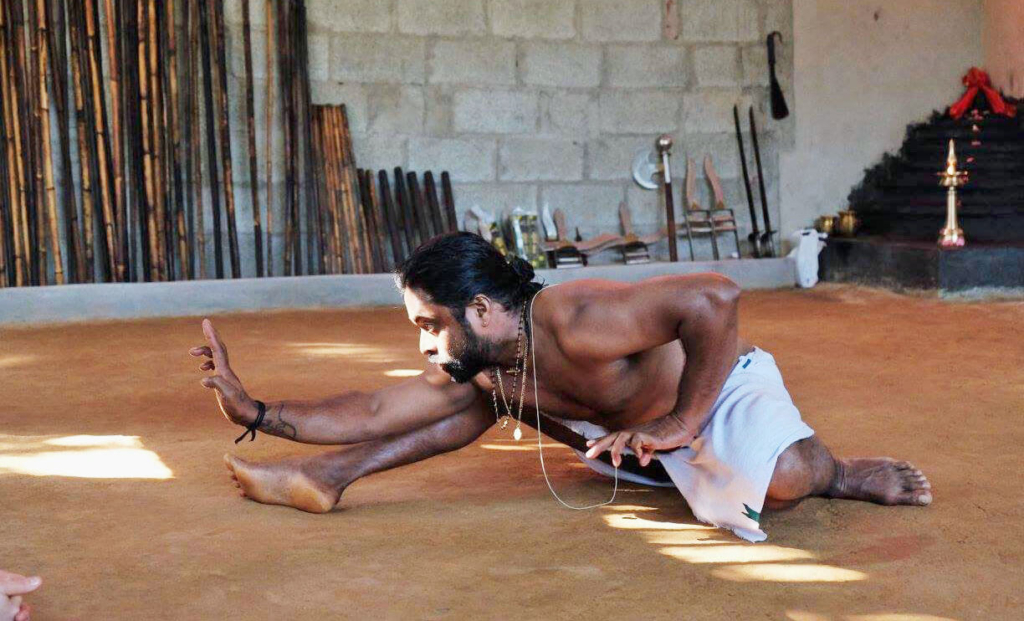
[Photo by Dominik Platek]
What does Kalaripayattu represent specifically for you?
Sankar Lal: Kalaripayattu is my family tradition. My first guru was my grandfather, and I started to learn from him when I was 7 years old. My father was a wrestler – he practiced traditional Indian wrestling, or kusti – and I also inherited some knowledge from him, while my mother’s family has always been specialised in Ayurveda, the holistic system of Indian medicine (which is also the basis of the medical treatments included in Kalaripayattu).
I work in both these fields – as a Kalaripayattu teacher and Ayurvedic specialist – and I love them both. They are like two sides of the same coin. On the one hand, I help people with my therapies, while on the other I work with them through practice, so they can discover their potential in movement and learn how to channel their energy. During Kalaripayattu classes, I also keep learning more and more about the human body – it’s impossible to have too much knowledge.
Kalaripayattu movements find their inspiration in the power and strength of animals. How does Kalaripayattu translate these movements into human body language?
Sankar Lal: There are around 10 animal postures – depending on different Kalaripayattu schools – such as the elephant, lion, boar, cock, peacock, fish, horse, cat, turtle and snake. For each of them, a specific kind of energy is presented. It is a combination of tension, relaxation, focus and readiness – all at the same time.
The postures are quite demanding, and it is not easy to hold them, yet you have to find some attentive stillness while performing them. Just think about an animal before attacking or defending, and you’ll have the most accurate representation of calm, readiness and accumulated energy. The postures can be practiced by themselves, but they are also the final result of more complex sequences of movements where the flow of energy is the most important element.
What is it about Kalaripayattu that draws people to it and keeps them practicing year after year?
Sankar Lal: Today, there are many forms of athletic training available; you can find dozens of yoga styles, dozens of martial arts and an impressive number of sports. But people who attend Kalaripayattu classes are looking for a deeper form of training that’s based on a process unique to them personally.
First of all, you have to understand how your entire body works – what habits it has acquired over time, what limits your mind has – and then figure out where your energy resides. You work simultaneously on your body and mind, which is a long process, but you start to notice a difference already after a couple of training sessions. And once you overcome your first obstacles, you discover new challenges that you want to conquer. You start to feel that your body is more awake, your attention is more focused, you can do exercises you were not able to do before – this all brings you satisfaction and joy.
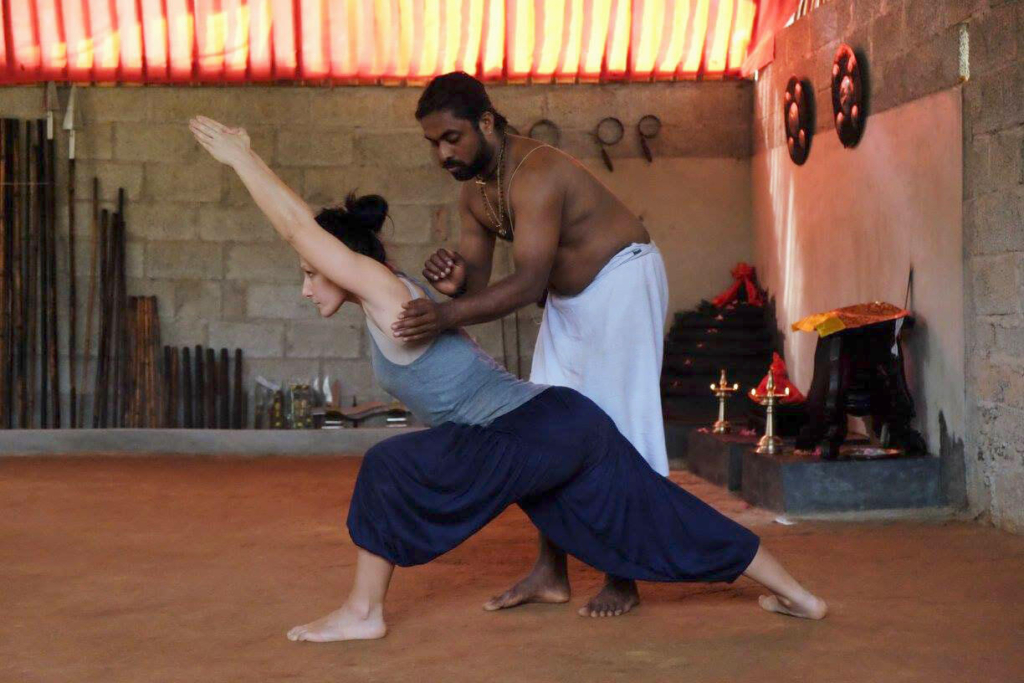
[Photo by Dominik Platek]
Our students experience it and want to continue. They notice kalari helps them, and they do not want to lose what they have achieved – better health, stronger body, good energy. The combination of stretching and strengthening exercises, as well as different complex sequences of movements are typical in Kalaripayattu, and the special kind of energy they require – and also generate – makes this art unique. Elements of self-defence, as well as bare-hand fighting and techniques with weapons, are introduced to athletes only after a certain period of time, depending on individual progress.
Who can benefit from learning Kalaripayattu?
Sankar Lal: Anyone can practice Kalaripayattu. As with any other physical discipline, a person takes up some activity depending on one’s temper, on preferred dynamics and intensity of training, as well as preferred goals. Sometimes these goals are to improve health in general, to improve flexibility or stamina, or to correct bad body habits – and these can be goals for people who do not work professionally with their bodies.
On the other hand, there are actors, dancers and other performers who can benefit from the Kalaripayattu training system and improve their coordination, balance, understanding of space and body, contact with a partner, flexibility and precision of body expression. Martial arts experts can learn Kalaripayattu’s unique techniques of self-defence and fighting, as well as many challenging exercises.
This all refers to the physical aspect of practice, but there’s also the mental and spiritual sphere that can be influenced by regular practice and dedication. Kalaripayattu shapes your mindset and attitude towards life, and it empowers you with a particular energy which is reflected in many – if not all – aspects of your life.
From The Studio To The Stage
Who better to speak to the relevance of this ancient art than Sankar’s own students? The Kalaripayattu master has been working with the actors of Teatro dei Venti company since 2015, both at his Wrocław studio and at his kalari in Kerala. Since then, the martial art has become part of the actors’ daily training, a way of honing their physical performance and awareness of movement.
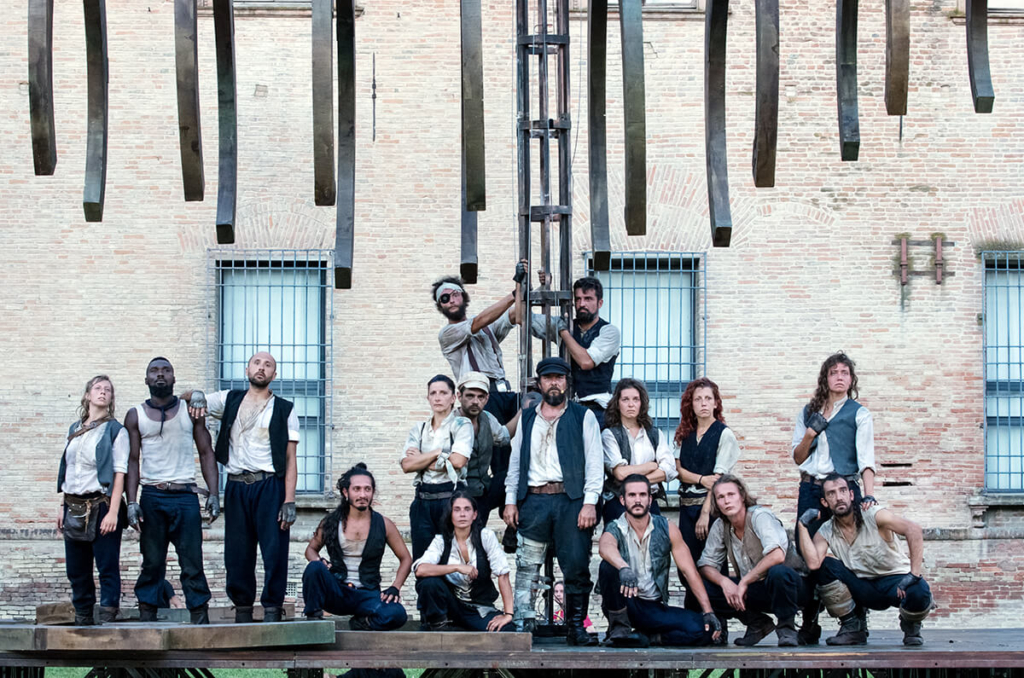
[Photo by Chiara Ferrin]
Here, the actors tell us a bit about how Kalaripayattu has informed and enhanced their own particular craft.
As actors, where do you find the most value in this ancient martial art?
Dealing with this art means dealing with shapes and forms far removed from us in space and time, extraordinary forms that push you to adapt your body accordingly and make it more and more flexible. With its flowing progression of movements, Kalaripayattu evokes a dance in which both female and male energies can be mixed together to regain balance.
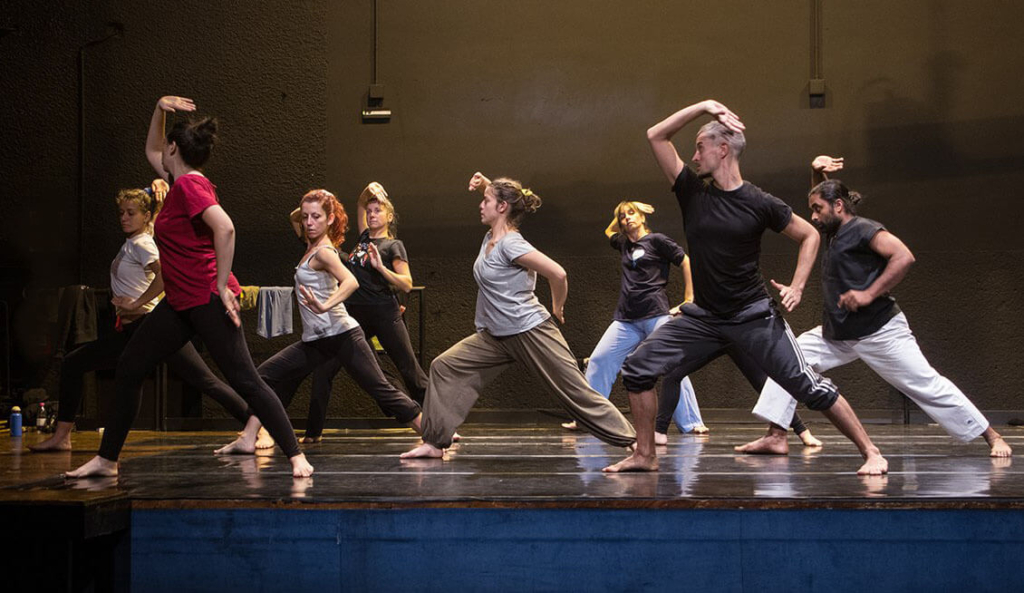
[Photo by Chiara Ferrin]
For an actor, making your body create or adapt to other shapes means, first of all, to go beyond daily life habits – to train the body as a vehicle for conveying complex but clear messages. The Kalari also provides forms and fights that start, for example, from animals or weapons. While fighting, the master insists that in order to create certain forms, you must identify with the animal or weapon chosen. What does it mean to “enter the way” of the lion, the snake or the stick, the knife, the woman, the man? Each weapon has its own life, its own breaking point, its own shape, its own weight, its own flexibility, its own length. What does it mean for the body to relate to an object? During Kalaripayattu training sessions, the body has to be able to transform itself, to become part of the line of the stick, to model its spine while becoming a snake, to act with the eyes of the monkey.
What we actors also develop by practicing this art together is the sense of mutual listening, control, precision and spatial perception. We learn not to think about a chain of movements (“what movement should I do after this?”), instead we make sure that the body is conscious of its own physical memory, and we set the mind free. To be free to follow the path that your body is pursuing – that is part of an actor’s job.
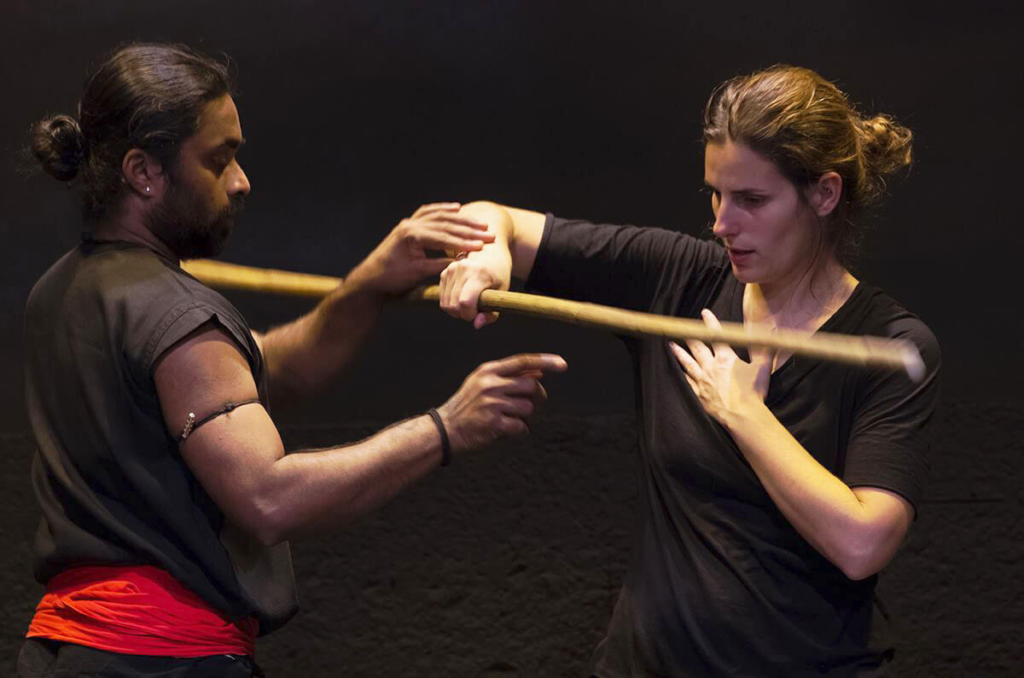
[Photo by Chiara Ferrin]
Is there one Kalaripayattu exercise in particular that you look forward to practicing?
The charma is a fight that summarises all the possibilities Kalaripayattu offers to fight with a short stick or a knife. It tells the story of the relationship between the master and the pupil, beginning with a greeting to each other, then a greeting to the weapon and a greeting to the gods. Then you enter the “student’s way” or the “master’s way”.
If you practice it as it should be practiced, this fight releases a lot of energy, it shows an elegant speed, the lines that the feet follow are very precise, the eyes are glued to the eyes of the opponent, the stick is swung not through the strength of the muscle, but thanks to one kind of female energy that’s much more powerful and controlled. It also tells a story. This is one of the exercises we look forward to; it helps us form an intimate relationship with each other.
Amex Essentials Insights
Answer the question below to find out how your valuable feedback can help protect the world’s oceans. [os-widget path=”/jie2/help-shape-your-amex-essentials22″]

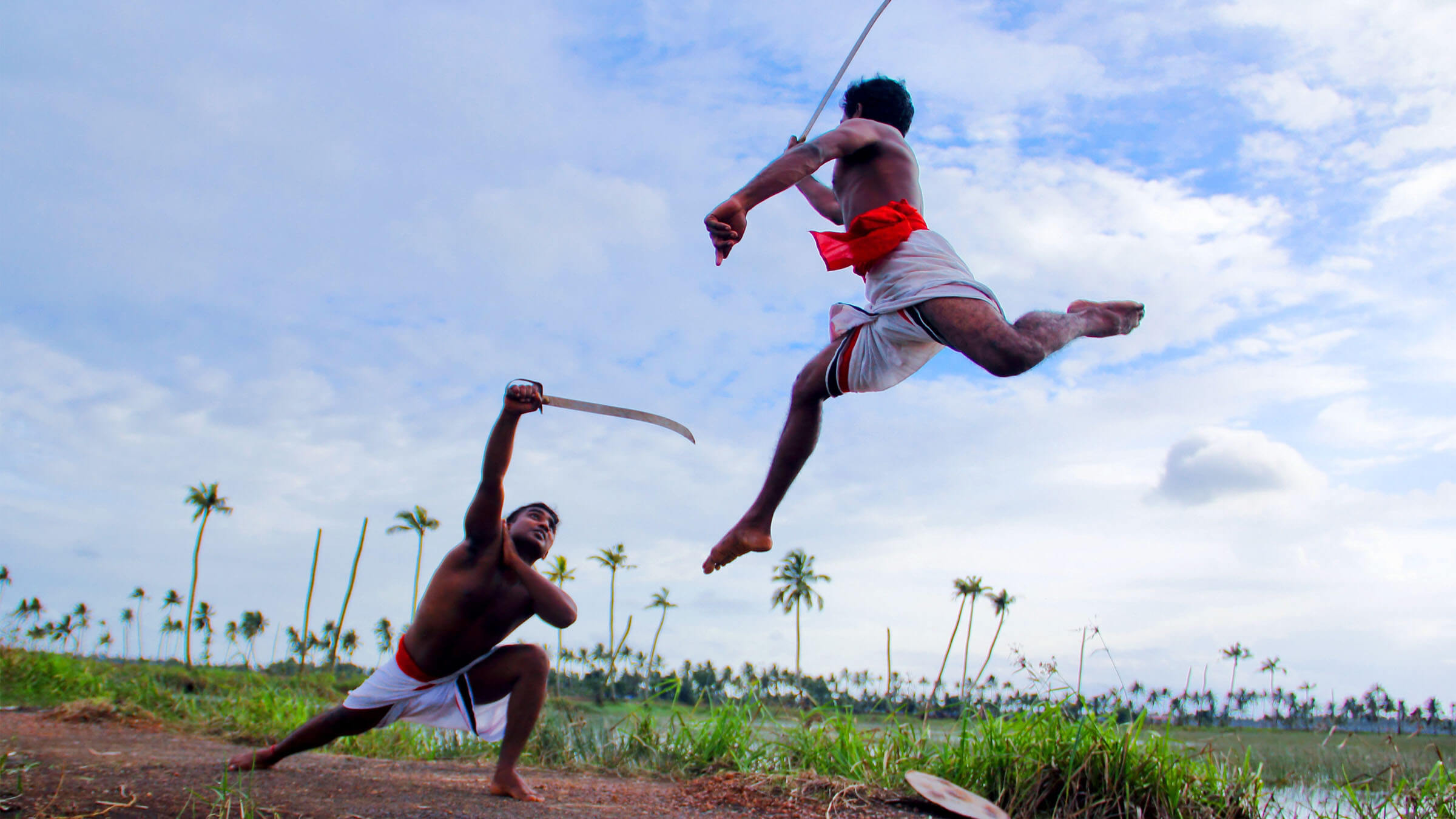

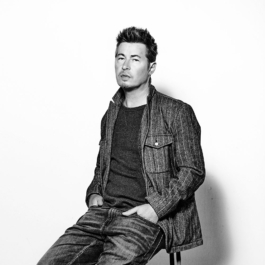
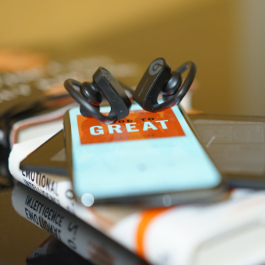
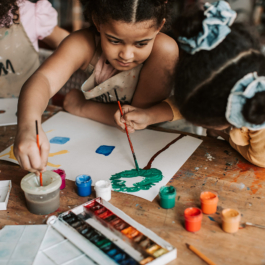
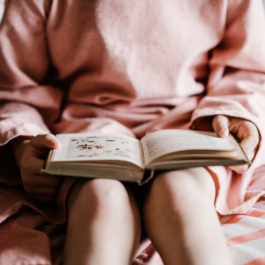
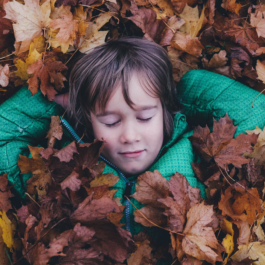
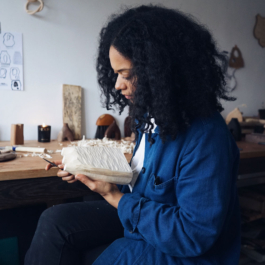
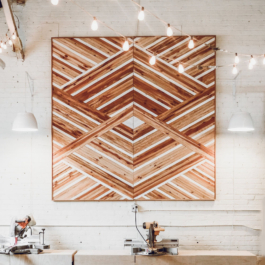
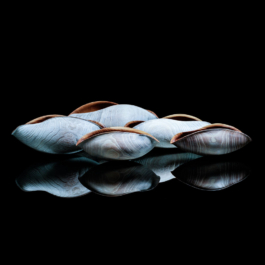
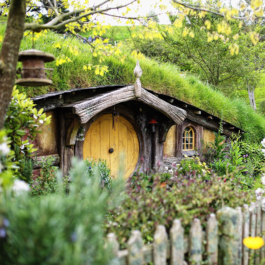

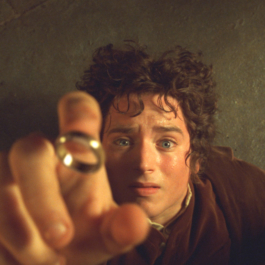
Sorry, the comment form is closed at this time.